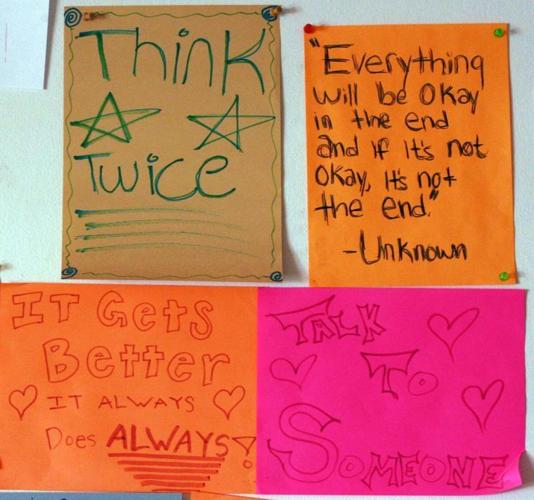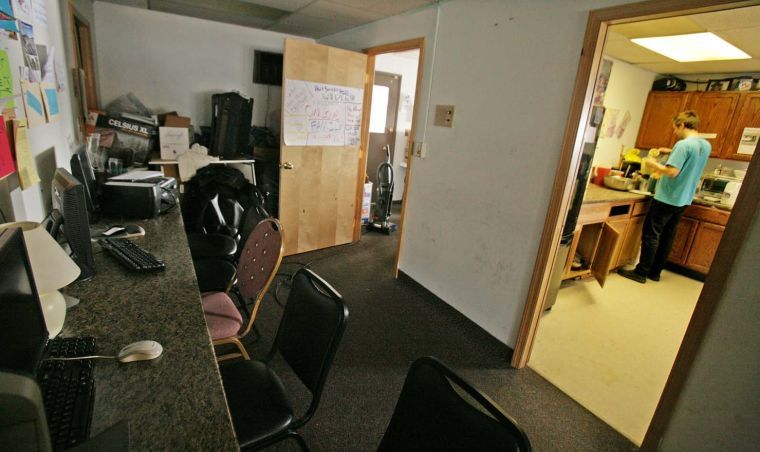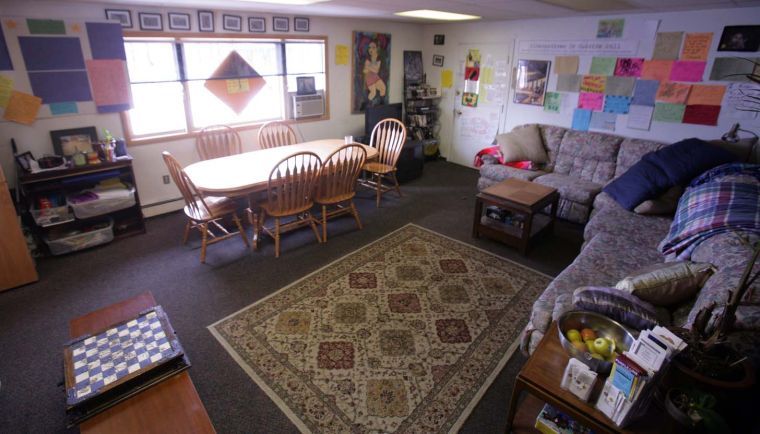FAIRBANKS — The use of a pair of downtown shelters for homeless youth has surged in recent months, but directors of the facilities believe the growth is because of greater outreach rather than a swelling homeless population.
The increase has been seen at both a day program that provides hot meals and a recently opened overnight shelter inside the First Presbyterian Church.
Jeff Cimmerman, who oversees Fairbanks Counseling and Adoption’s Street Outreach Advocacy Program — commonly known as SOAP — said his day shelter has seen a “major increase” in recent months, sometimes feeding 50 or more at dinner. The number of beds youths have used at the overnight shelter, which Fairbanks Youth Advocates opened on Dec. 1, has also grown each month, rising from 87 during December to 400 in April.
FYA Director Marylee Bates attributes those rising numbers to kids who tell each other about the programs, which are a short walk apart in the downtown area. As the temperature has gradually risen, she said homeless youth become more visible and interact more.
“They tell each other — they’re spreading the word among themselves,” Bates said.
It’s notoriously difficult to estimate the number of homeless youth in the Fairbanks area, since many don’t seek assistance or make contact with the school system. But both Bates and Cimmerman said they don’t believe the overall numbers are rising.
The Alaska Department of Education and Early Development estimates there are about 450 homeless school children in the Fairbanks area. It estimates the majority of those youths stay with friends or relatives, followed by those living in temporary shelters. The figures also include a smaller number without shelter or living in hotels.
Homeless youths who attend school in the Fairbanks North Star Borough School District have remained stable in recent years, said Leona McDaniels, the district’s homeless liaison. She agreed that outreach is probably the key factor in the rising numbers at local shelters, but admitted it’s a difficult population to gauge.
“These youth are very hard to track. Many have difficulty trusting adults and try to remain invisible (couch surfing or sleeping on the streets), rather than seek assistance,” McDaniels said in an email.
Bates said the profile of teens who use the overnight shelter fit those who falls through the cracks.
The FYA shelter houses youths ages 13-17 from 9 p.m. to 8 a.m. No alcohol, drugs or weapons are allowed, but teens are allowed to enter with no questions asked.
“We have very few who are in schools,” Bates said. “We’re seeing the kids who have really become disenfranchised — they’re not being counted anywhere.”
Cimmerman said the SOAP drop-in center, which provides breakfasts, sack lunches and dinners, also includes many kids with few other options.
“We have 20 to 25 kids every day who definitely have nowhere else to go,” Cimmerman said. “We have a lot of what we call ‘couch jumpers,’ who go from place to place each night.”
Both facilities could use donations to maintain their services. SOAP is accepting food donations from 2-6 p.m. at its drop-in center at 530 Seventh Ave.
The National Honor Society clubs at Lathrop and West Valley High Schools hosted an auction to benefit the overnight shelter on Saturday.
Contact staff writer Jeff Richardson at 459-7518.




